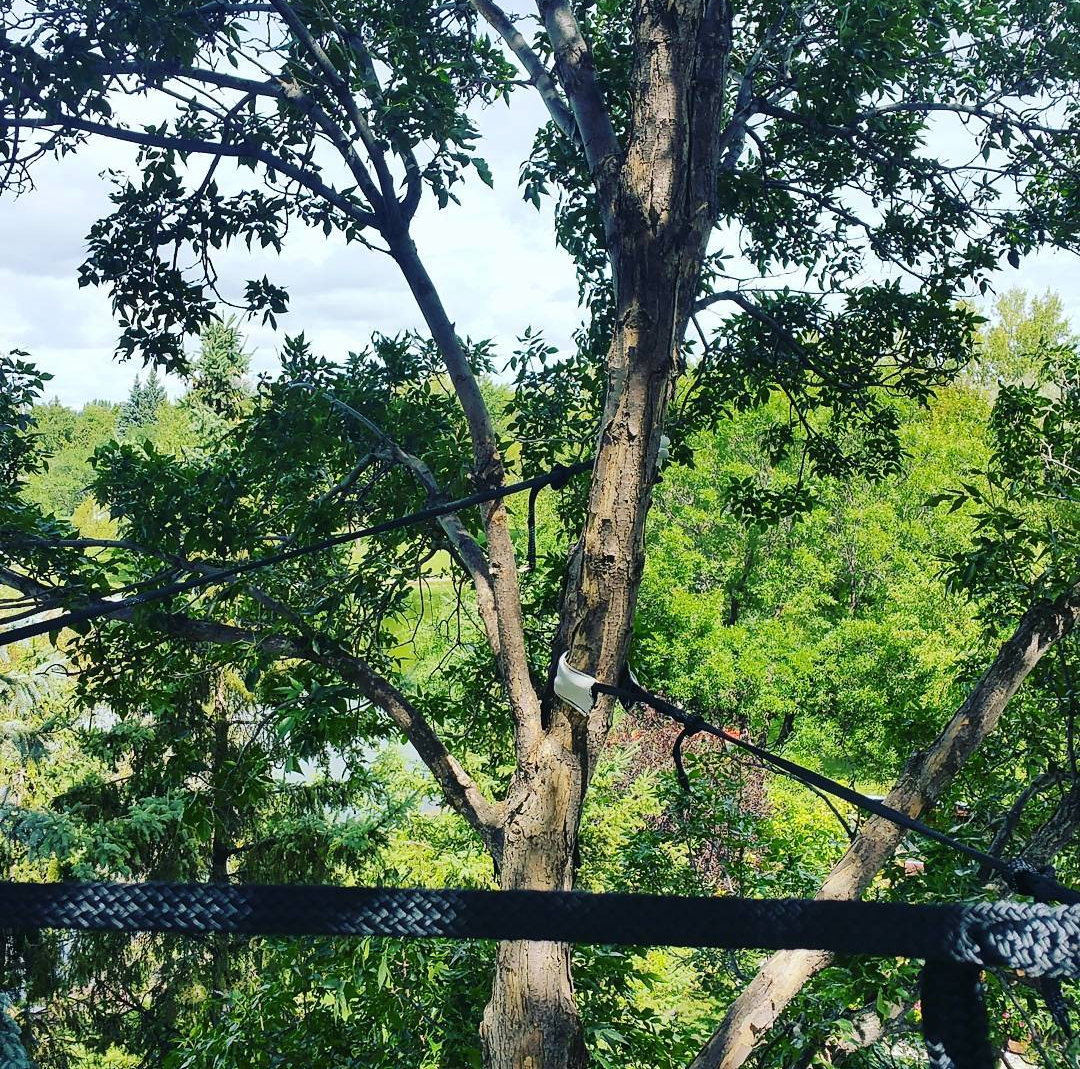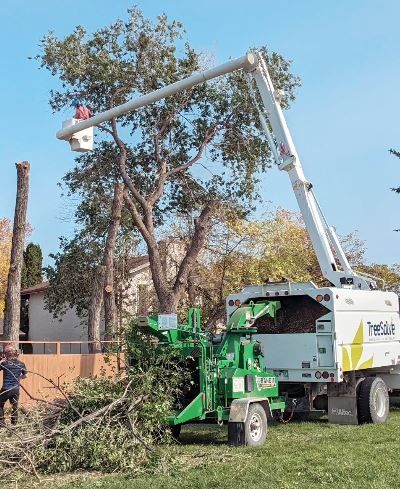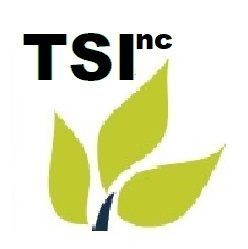The Value of Regular Tree Inspections: A Proactive Approach to Tree Health
Trevor Soltys & Paul Kasper
Trees are more than just beautiful features in our landscapes — they are living investments that provide shade, beauty, and environmental benefits. However, like any valuable asset, trees require care and attention to stay healthy and safe. One of the most important, yet often overlooked, steps in maintaining your trees is scheduling regular inspections. Routine tree assessments are a proactive approach that can save property owners time, money, and stress in the long run.
Catching Problems Early
Just as we schedule regular checkups with a doctor or maintenance for our vehicles, trees benefit immensely from routine inspections. Trees are living organisms that can be affected by diseases, pests, structural weaknesses, and environmental stress. Unfortunately, many issues develop slowly and can go unnoticed until they become severe or even hazardous.
A certified arborist or experienced tree professional can spot early signs of trouble that aren't obvious to the untrained eye. Issues such as fungal infections, root problems, structural cracks, or pest infestations can be addressed early, often with simpler and less expensive treatments. Early intervention can mean the difference between saving a valuable tree and facing the cost of removal and replacement.
Promoting Long-Term Tree Health
Regular inspections don't just catch problems — they actively contribute to the long-term vitality of your trees. By assessing soil conditions, pruning needs, and signs of nutrient deficiencies, tree professionals can recommend tailored care plans that promote healthy growth.
For example, a tree that's beginning to show signs of stress due to compacted soil might benefit from soil aeration. A tree developing an uneven canopy may need selective pruning to rebalance its structure and encourage stronger growth. Without inspections, these opportunities to support tree health may be missed until visible decline occurs.
Reducing Risk and Liability
Beyond health benefits, regular tree assessments are critical for safety. Trees with hidden structural weaknesses, such as internal decay or unstable root systems, can pose significant risks to people and property, especially during storms. Branch failures or full tree collapses can lead to costly damages or injuries.
By identifying and addressing hazards early, property owners can reduce their liability risks and create a safer environment for families, neighbors, and visitors. In many cases, insurance claims related to tree failures hinge on whether the property owner took reasonable steps to maintain the tree — routine inspections are a smart part of fulfilling that responsibility.
Planning for the Future
A proactive approach to tree care also allows for better planning. Through regular inspections, you can develop a long-term strategy for your landscape. This might include decisions about when to plant new trees, which species to select for your environment, and how to manage aging trees that may need eventual replacement.
Rather than reacting to emergencies, you can manage your trees thoughtfully, preserving the beauty and value of your property for years to come.
Conclusion
Trees are resilient, but they are not invincible. Regular inspections offer a proactive, preventative approach that promotes tree health, enhances safety, and protects your investment in your landscape. Whether you have a single treasured oak or a yard full of ornamental trees, scheduling routine assessments with a qualified professional is one of the best steps you can take to ensure their health and longevity.
Invest in regular tree inspections — your trees, and your future self, will thank you.








